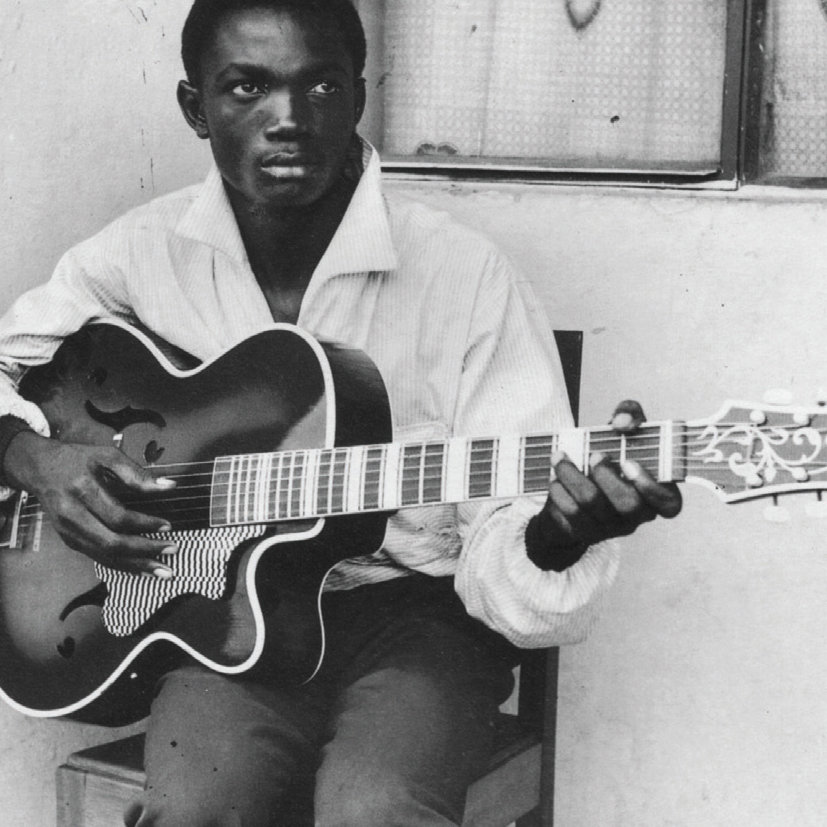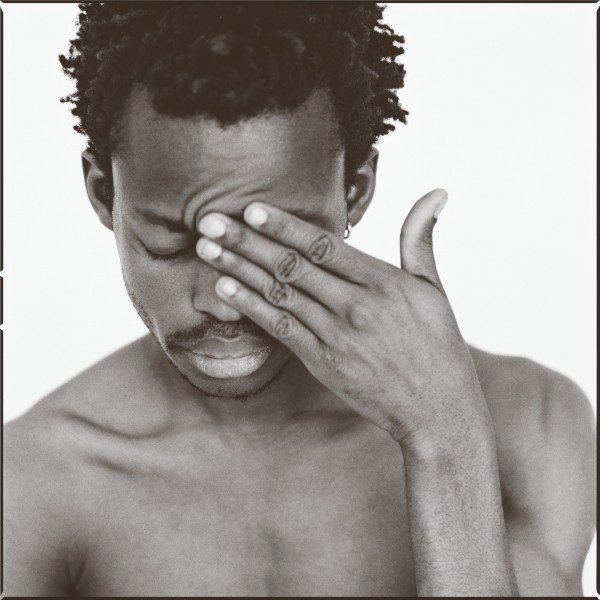“Dislocation” is how Congolese rumba historians describe the incessant splinterings that are part of the story of every major band – in a music system where the “first to leave” holds the place of pride.
Between 1997 and 2008 the group Wenge Musica lived through 18 dislocations – almost twice a year, starting with the epic rivalry between JB Mpiana and Werasson. Many of these ran parallel to the great war in Congo – another major site of dislocations.
In the new Chronic, On Circulations and the African Imagination of a Borderless World, we map Wenge Musica BCBG family tree.
To purchase a copies of this issue in print or as a PDF head to our online shop, or get copies from your nearest dealer.
Congolese World of Sound from the archive:

For the Pan African Space Station (PASS), Binetou Sylla — DJ, producer and Syllart label-boss — curated a series of shows focused on Congolese rumba and its offshoots. This episode includes music from Nico, Franco, and Tabu Ley. Recorded for PASS in Paris at the exhibition Beauté Congo – 1926-2015 – Congo Kitoko, Fondation Cartier.
For more music visit Pan African Space Station (PASS).
Then Achille Mbembe explores the Beautiful in the Congolese World of Sounds and tracks how the languid melodies characteristic of “classic” Congolese rumba (1950s-1970s) gave way to a new sound, a music laced with emotions ever in conflict, where the theatrical and the oneiric are superimposed on one another across a savage ocean of sounds, screams and noise – the sound of Koffi Olomide, Quartier Latin and Wenge Musica.
Read online or order it in print as a Chimurenganyana from our online shop.

Also dancer and choreographer Faustin Linyekula sets movement to a soundtrack of ndombolo, a music whose driving rhythms and sheer physicality offers the possibility for liberation from war and oppression, but simultaneously risks perpetuating the very violence and subjugation it seeks to transcend. ““The most important thing is not the aesthetic object. Art is not important. The most important thing is to believe in something in a context where it’s impossible to believe in anything. The work is thus an act of faith, says Linyekula. “So the form emerges. It’s music but it’s music that only makes sense when it has a physical impact. So we will turn up the volume. It has to be loud so we’ll stop hearing all the noise – NGOs, politicians, propaganda, statistics. So I can hear the sound of my body and then the sound will get the bodies to move.”
Read it online or dig deeper with Chimurenga 16: The Chimurenga Chronic, available here in print or PDF.
Tracing further movements and disolations across borders, Ranga Mberi travels back in musical time to the 1980s and 1990s, the era of sungura music. Dubbed the “authentic sound of Zimbabwe”, sungura weaved together Congolese rumba with Zimbabwean jiti and Tanzanian kanindo.
Real it online or order the Chronic, “The Invention of Zimbabwe”, which writes Zimbabwe beyond white fears and the Africa-South conundrum – available in print or as a PDF from our online shop.


